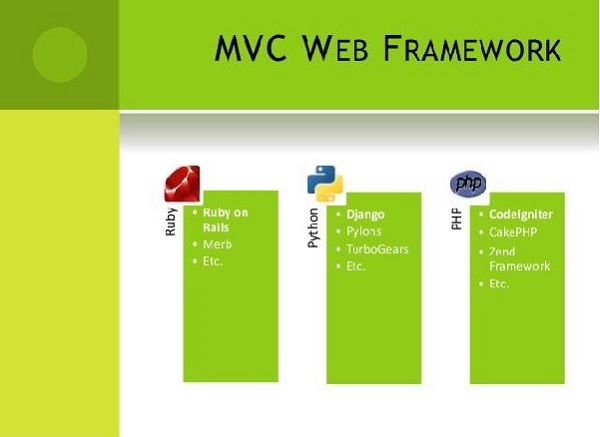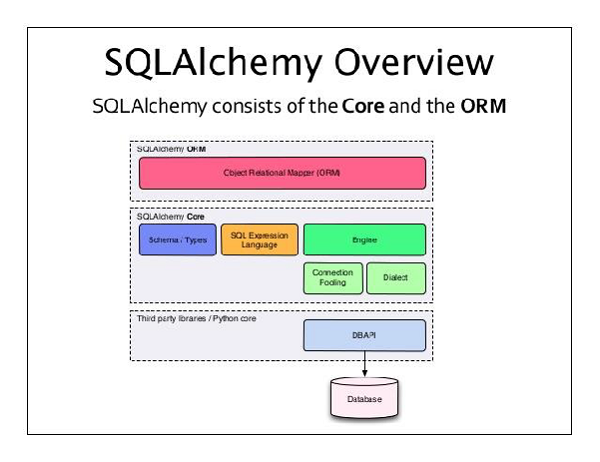
- TurboGears Tutorial
- TurboGears - Home
- TurboGears - Overview
- TurboGears - Environment
- TurboGears - First Program
- TurboGears - Dependencies
- TurboGears - Serving Templates
- TurboGears - HTTP Methods
- Genshi Template Language
- TurboGears - Includes
- TurboGears - JSON Rendering
- TurboGears - URL Hierarchy
- TurboGears - Toscawidgets Forms
- TurboGears - Validation
- TurboGears - Flash Messages
- TurboGears - Cookies and Sessions
- TurboGears - Caching
- TurboGears - Sqlalchemy
- TurboGears - Creating Models
- TurboGears - Crud Operations
- TurboGears - DataGrid
- TurboGears - Pagination
- TurboGears - Admin Access
- Authorization & Authentication
- TurboGears - Using MongoDB
- TurboGears - Scaffolding
- TurboGears - Hooks
- TurboGears - Writing Extensions
- TurboGears - Pluggable Applications
- TurboGears - Restful Applications
- TurboGears - Deployment
- TurboGears Useful Resources
- TurboGears - Quick Guide
- TurboGears - Useful Resources
- TurboGears - Discussion
TurboGears - Overview
What is Web Framework?
Web Application Framework or simply Web Framework represents a collection of libraries and modules, which enables a web application developer to write applications, without having to bother about low level details such as protocols, thread management, etc.

What is TurboGears?
TurboGears is a web application framework written in Python. Originally created by Kevin Dangoor in 2005, its latest version TurboGears (ver 2.3.7) is managed by a group of developers led by Mark Ramm and Florent Aide.
TurboGears follows the Model-View-Controller paradigm as do most modern web frameworks like Rails, Django, Struts, etc.
Model View Controller
MVC is a software design pattern for developing web applications. A Model View Controller pattern is made up of three parts −
Model − The lowest level of the pattern is responsible for maintaining data.
View − This is responsible for displaying all or a portion of data to the user.
Controller − Software Code that controls the interactions between the Model and View.
MVC is popular as it isolates the application logic from the user interface layer and supports separation of concerns. Here, the Controller receives all requests for the application and then works with the Model to prepare any data needed by the View. The View then uses the data prepared by the Controller to generate a final presentable response. The MVC abstraction can be graphically represented as follows −

The Model
The Model is responsible for managing the data of the application. It responds to the request from the view and it also responds to instructions from the controller to update itself.
The View
A presentation of data in a particular format, triggered by a controller's decision to present the data. They are script based templating systems very easy to integrate with AJAX technology.
The Controller
The controller is responsible for responding to the user input and perform interactions on the data model objects. The Controller receives the input, it validates the input and then performs the business operation that modifies the state of the data model.
TurboGears is built on top of a number of libraries and tools. These tools have changed between different versions of TurboGears. The components of current version (ver 2.3.7) are listed below.
SQLAlchemy
It is an open source SQL kit that provides Object relation mapping (ORM) for Python code.

Genshi
This templating engine is used to construct the front-end of TG applications. A web templating system combines a template with a certain data source to render dynamic web pages.
ToscaWidgets
It is a widget library for generating HTML forms with server side controls. Tosca also acts as a middleware to connect with JavaScript widgets and toolkits.
Gearbox
It provides a set of commands to manage projects and server TurboGears applications. TurboGears applications can be deployed on any WSGI compliant web server.
The Web Server Gateway Interface (WSGI) has been adopted as a standard for Python web application development. WSGI is a specification for universal interface between web server and web applications. The wsgiref package is a reference implementation of WSGI. It is used to add WSGI support to web TurboGears web framework. The simple_server module in this package implements a simple HTTP server that serves WSGI applications. We shall be using it to test applications developed during this tutorial.